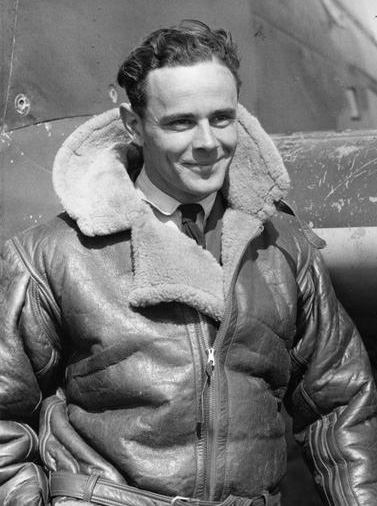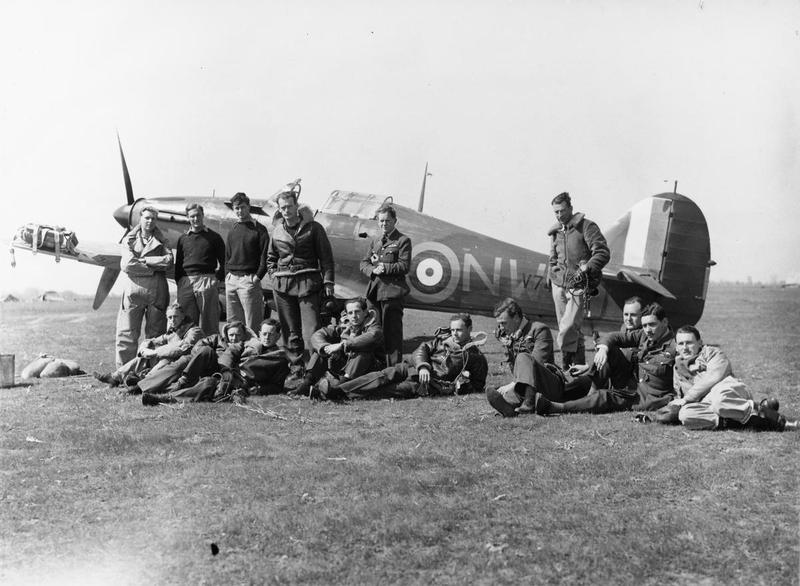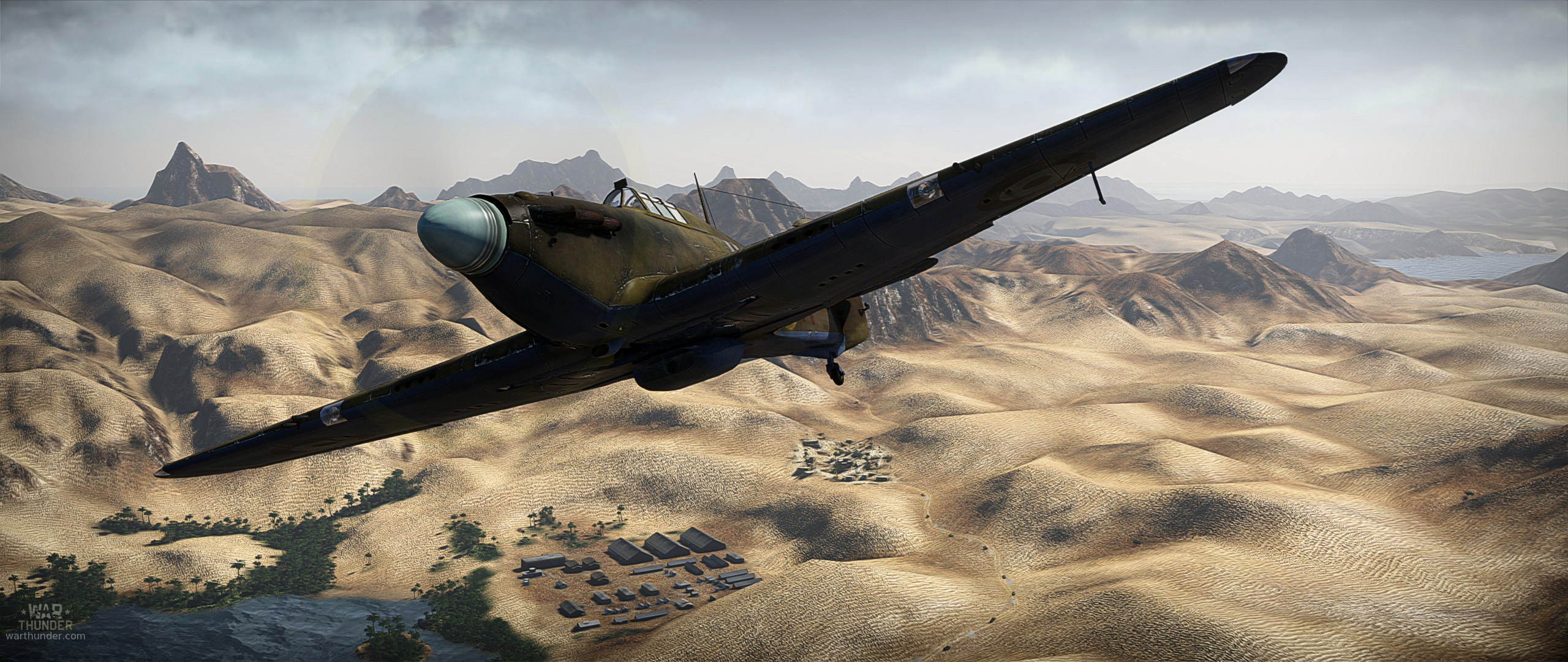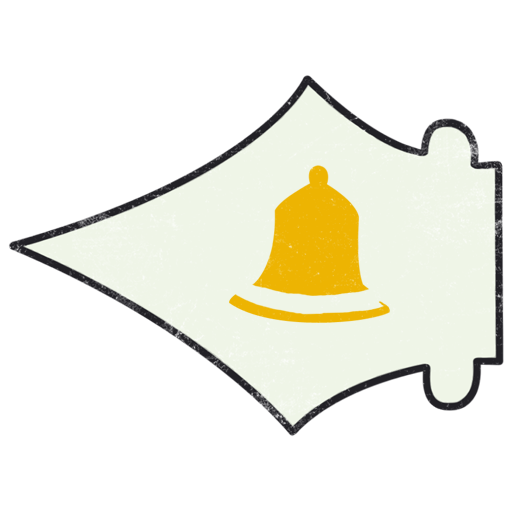
- For PC
- For MAC
- For Linux
- OS: Windows 7 SP1/8/10 (64 bit)
- Processor: Dual-Core 2.2 GHz
- Memory: 4GB
- Video Card: DirectX 10.1 level video card: AMD Radeon 77XX / NVIDIA GeForce GTX 660. The minimum supported resolution for the game is 720p.
- Network: Broadband Internet connection
- Hard Drive: 17 GB
- OS: Windows 10/11 (64 bit)
- Processor: Intel Core i5 or Ryzen 5 3600 and better
- Memory: 16 GB and more
- Video Card: DirectX 11 level video card or higher and drivers: Nvidia GeForce 1060 and higher, Radeon RX 570 and higher
- Network: Broadband Internet connection
- Hard Drive: 95 GB
- OS: Mac OS Big Sur 11.0 or newer
- Processor: Core i5, minimum 2.2GHz (Intel Xeon is not supported)
- Memory: 6 GB
- Video Card: Intel Iris Pro 5200 (Mac), or analog from AMD/Nvidia for Mac. Minimum supported resolution for the game is 720p with Metal support.
- Network: Broadband Internet connection
- Hard Drive: 17 GB
- OS: Mac OS Big Sur 11.0 or newer
- Processor: Core i7 (Intel Xeon is not supported)
- Memory: 8 GB
- Video Card: Radeon Vega II or higher with Metal support.
- Network: Broadband Internet connection
- Hard Drive: 95 GB
- OS: Most modern 64bit Linux distributions
- Processor: Dual-Core 2.4 GHz
- Memory: 4 GB
- Video Card: NVIDIA 660 with latest proprietary drivers (not older than 6 months) / similar AMD with latest proprietary drivers (not older than 6 months; the minimum supported resolution for the game is 720p) with Vulkan support.
- Network: Broadband Internet connection
- Hard Drive: 17 GB
- OS: Ubuntu 20.04 64bit
- Processor: Intel Core i7
- Memory: 16 GB
- Video Card: NVIDIA 1060 with latest proprietary drivers (not older than 6 months) / similar AMD (Radeon RX 570) with latest proprietary drivers (not older than 6 months) with Vulkan support.
- Network: Broadband Internet connection
- Hard Drive: 95 GB
Hawker Hurricane Mk. IIB
This year, on April 1st, Britain’s Royal Air Force celebrates its 97th birthday. Formed in the closing months of the First World War, the top scoring British and Commonwealth fighter aces were all army and naval pilots who had achieved the majority of their successes before the new air force was formed; as a result, the RAF’s own top scoring aces actually flew in the Second World War. For many years it was Spitfire legend ‘Johnnie’ Johnson who was considered the highest scoring RAF fighter ace of the Second World War. However, there was a relatively small group of pilots who fought in a nearly forgotten theatre of war, braving incredible odds to cover retreating ground forces day after day with limited support. With most of their records destroyed during the retreat across the Aegean theatre, it would be many years until historians could piece together a better idea of what truly happened to the Hurricanes under the command of South African fighter leader ‘Pat’ Pattle.
 |
| Marmaduke ‘Pat’ Pattle |
Marmaduke Thomas St.John Pattle was born in Butterworth, a town near the southeastern part of the South African coastline, in July 1914. A second generation South African, Pattle’s father and grandfather were both military men who then moved into the legal profession. As a youth, Pattle was considered by his teachers to be a bright boy but lacking drive and not naturally a hard worker. However, he was a keen sportsman and also in possession of a mechanical mind – an early interest in Mecanno models then led onto tinkering with engines and learning to drive a car at a relatively early age. Pattle applied to join the South African Air Force in 1932 and whilst waiting for his application to be processed he worked at a petrol station and then a gold mine. His first flight in an aircraft took place whilst working at the mine, in the company’s supply aircraft.
Pattle was interviewed for a place in the SAAF in March 1933, but was rejected. Undeterred, he continued to work and funded his own flying lessons with a view to re-applying. Pattle joined the newly formed Special Service Battalion, a military organization formed to give youths a chance at a profession in the wake of the Great Depression. After seeing an advertisement which described Britain’s RAF actively recruiting from Commonwealth countries, Pattle travelled to London and was successful in the selection process – he began training in June 1936.
Progressing well through training – particularly in the mechanical aspects – Pattle was streamed onto fighters after being graded as an ‘exceptional’ student pilot. He joined No.80 Squadron, flying Gloster Gladiators at RAF Kenley before moving to RAF Debden in Essex. Childhood accusations of idleness were quickly dispelled – Pattle had found his calling with the RAF and was commended as both a pilot and an officer. His commission as Pilot Officer was confirmed in July 1937 and his staff work skills led to his appointment as squadron adjutant. In April 1938, Pattle was involved in his first offensive sorties when the squadron deployed to Egypt, where ground attack sorties were conducted against rebel militants opposed to British Colonial rule.
 |
| A crashed Fiat CR.42, North Africa circa 1940/41. Pattle claimed 14 of these aircraft —more than any other type. |
By the time of the outbreak of war in September 1939, Pattle had progressed to the status of Flight Commander. However, with RAF Fighter Command being actively involved in campaigns in France, Norway and then the Battle of Britain, No.80 Squadron remained in Egypt and far away from the action, only able to watch from afar as nearly a year of air warfare passed them by.
With the Italian entry into the Second World War in June 1940, British forces in the North African desert were propelled into action against Mussolini’s military. However, No.80 Squadron did not enter the fray until August when orders came to move to the front line to relieve No.33 Squadron. ‘B’ Flight, under the command of Pattle, was moved to Sidi Barrani near the Libyan border. In his first combat on August 4th, Pattle claimed a Breda Ba 65 and a Fiat CR.42, but was in turn shot down by an Italian fighter – probably piloted by none other than Franco Lucchini – and was forced to bail out. Pattle shot down another two Fiat CR.42s only four days later – in early September he was promoted to Flight Lieutenant.
 |
| Pattle (sixth from the right, resting on his left elbow), with 33 Squadron c. 1941. |
After a brief respite from combat to re-equip with the newer Gladiator Mk.II, No.80 Squadron were deployed to Athens, Greece to counter Italian forces in November. The Gladiators saw regular combat against their Italian foes, and now began to encounter in increasing numbers more modern opponents such as the tri-engined SM.79 bomber and the Fiat G.50 fighter. However, the majority of No.80 Squadron’s opponents were biplanes, and the Aegean theatre was one of the last arena in history to see regular biplane versus biplane air combat. By the end of the year, Pattle had claimed 14 kills, as well as a number of shared, probables and damaged.
At the end of the month, Squadron Leader Willian Hickey, the CO of No.80 Squadron, was killed in action when he bailed out of his Gladiator in a parachute which had tragically already caught fire; the event was witnessed by both Pattle and fellow ace William Vale. Pattle was now forced to take on an even greater burden of leadership and responsibility within his fatigued and battered squadron. He was awarded the Distinguished Flying Cross in February 1941. Just over a week later, the squadron was re-equipped with Hawker Hurricanes – Pattle shot down a G.50 on his first day in combat with the new fighter. On the last day of the month Pattle claimed four kills and a probable in a single day.
March saw Pattle awarded a bar to his DFC and promoted to Squadron Leader, taking command of No.33 Squadron who were also active in the Aegean theatre. His arrival was not popular with the battered and tired fliers, many of whom believed one of their own number should have taken command rather than an external promotion. Nonetheless, Pattle was vocal immediately upon his arrival in his expectation of high standards in the air and on the ground. The squadron moved to Larissa later in the month.
In April the Luftwaffe entered the theatre. With dwindling numbers of pilots, aircraft and supplies, the RAF Hurricanes continued to fly up and meet the fresh opposition – on April 6th Pattle’s Hurricanes engaged eight Bf109s and shot down five without loss, two of which were credited to Pattle. Exhausted, the veteran Hurricane pilots continued to battle against overwhelming odds throughout the month. On April 19th, Pattle shot down six aircraft in a single day. The next day, with an allied withdrawal from theatre underway, Pattle led the only remaining RAF fighters in the region into battle over Piraeus harbour. Feverish from illness, he shot down three aircraft over the course of the day. With a evening raid inbound, Pattle reportedly dragged himself to his feet from where he was shivering under a blanket and staggered out to his Hurricane, ignoring shouts from fellow pilots to remain on the ground. Whilst Bf110s strafed his airfield, Pattle took to the skies and led the final remnants of Nos.33 and 80 Squadrons into battle. The last fifteen Hurricanes – including one flown by newcomer and later internationally renowned childrens’ author Roald Dahl – met the raid of some 90 aircraft. Pattle most probably shot down a Bf109 and a Bf110, but was never seen again. Five Hurricanes were lost on that day, along with four pilots killed or missing. Various historians have tried to piece together the evidence from this last battle, and it is now considered likely that Pattle was shot down by a pair of Bf110s which latched into his tail whilst he was attempting to provide assistance to another Hurricane.
Scant recorded evidence remains from the RAF’s exploits in the last few months in the Aegean theatre; however, it is now widely acknowledged that Marmaduke Pattle shot down 50 enemy aircraft, plus two shared, and seven probable victories with a further shared. The final total will never be known, but it is most likely that the heroic South African who still lies at the controls of his Hurricane at the bottom of Eleusis Bay is the greatest air ace of the Western Allies of the entire war.
In one of the future updates we will introduce
emblem of the 80 Squadron RAF:
Decal made by Jej 'CharlieFoxtrot' Ortiz
What enemy aircraft has been on the top of your "hit list"? Leave a comment on our forum and then log in to the game to improve your stats!
About The Author
 |
Mark Barber, War Thunder Historical Consultant Mark Barber is a pilot in the British Royal Navy's Fleet Air Arm. His first book was published by Osprey Publishing in 2008; subsequently, he has written several more titles for Osprey and has also published articles for several magazines, including the UK's top selling aviation magazine 'FlyPast'. His main areas of interest are British Naval Aviation in the First and Second World Wars and RAF Fighter Command in the Second World War. He currently works with Gaijin Entertainment as a Historical Consultant, helping to run the Historical Section of the War Thunder forums and heading up the Ace of the Month series. |





